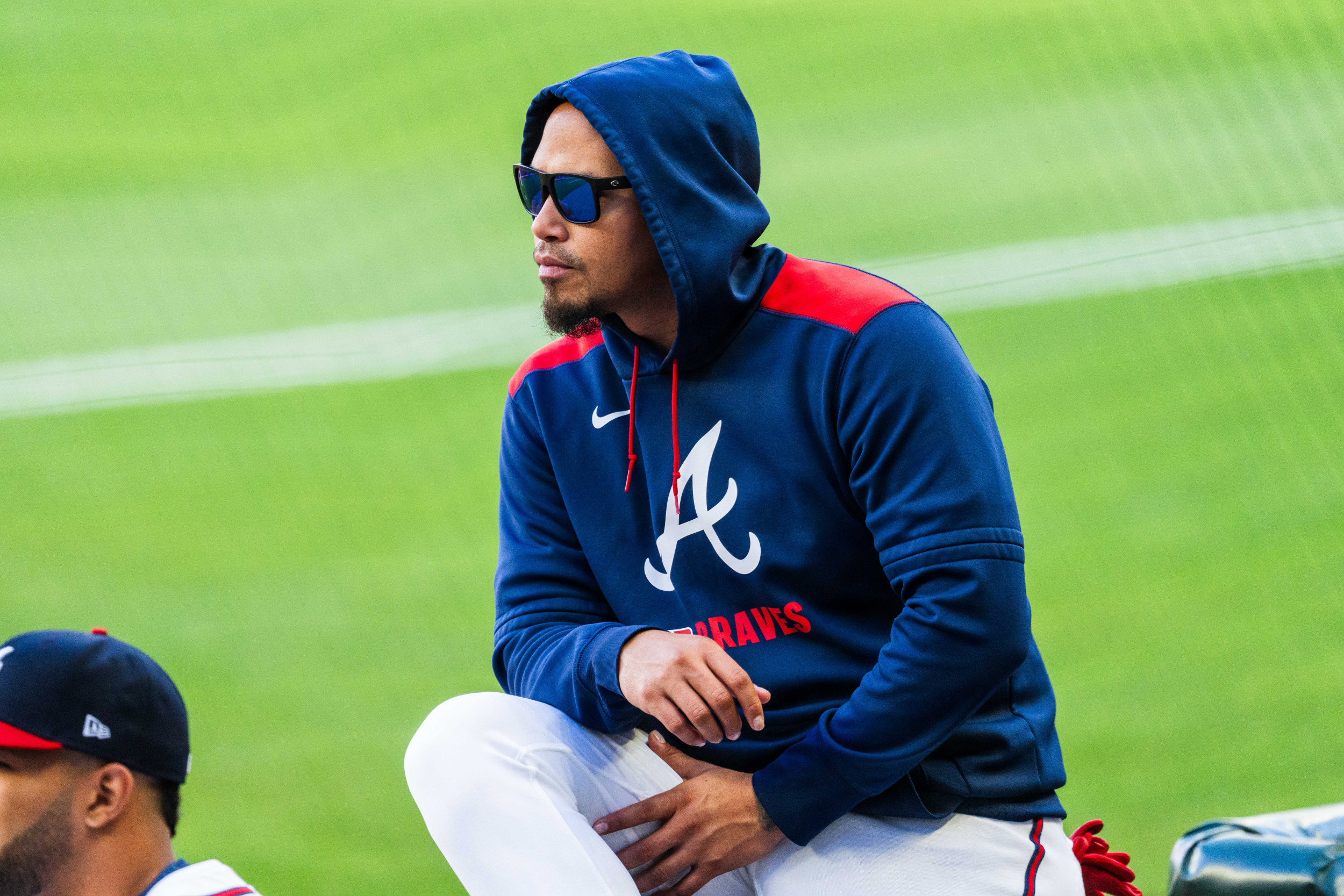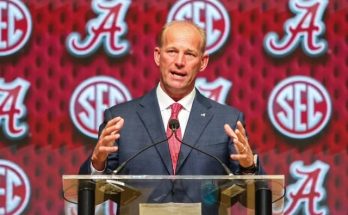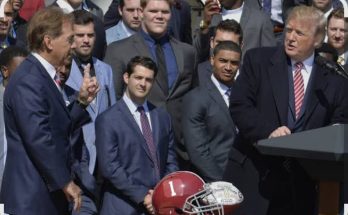The landscape of Major League Baseball is no stranger to unexpected moves, but when a key player elects to leave one of the sport’s most storied franchises, it inevitably commands attention. Recently, news broke that a prominent pitcher from the Los Angeles Dodgers has chosen to depart the organization and enter free agency. This decision, while personal to the player, carries implications not only for the team but also for the broader baseball community, and it prompts a closer examination of what led to this moment and what the future might hold for both the player and the Dodgers.
The Dodgers, known for their consistent competitiveness and deep playoff runs, have long been a magnet for elite talent. Over the years, they have constructed rosters that blend established veterans with promising young players, creating a balanced approach that many teams envy. Their pitching staff, in particular, has often been a pillar of strength, with a rotation and bullpen boasting some of the best arms in the league. So, when a pitcher who has been part of this system chooses to walk away, it signals a noteworthy shift and sparks curiosity about the underlying dynamics.
At the heart of the story is the pitcher’s personal journey. This athlete, having spent several seasons within the Dodgers’ organization, faced a crossroads after the most recent campaign. Various factors may have influenced the decision to explore free agency, including playing time, contract negotiations, personal goals, and a desire for a fresh start. While the precise motivations remain the player’s own, insiders have speculated on a mix of professional and personal reasons that could have contributed.
One significant element in such decisions often revolves around the role and usage within the team. Pitchers thrive on routine and a clear understanding of their place in the rotation or bullpen hierarchy. If that clarity begins to waver—if a pitcher is shuffled between roles, or feels underutilized or undervalued—it can breed dissatisfaction. For a player who believes they still have much to offer at a high level, the prospect of a better opportunity elsewhere becomes increasingly appealing. In some cases, this may mean seeking a team willing to commit to a starting role or a more prominent bullpen position. In others, it could be about finding an organization with a philosophy or culture that aligns more closely with the player’s own approach.
Financial considerations invariably play a role, too. Free agency offers the chance for a player to test the market, gauge interest from multiple teams, and potentially secure a more lucrative or longer-term deal. The Dodgers, despite their financial prowess, must balance payroll flexibility against roster construction needs, and sometimes this results in difficult conversations or decisions. The player’s camp likely assessed various scenarios and concluded that entering free agency would maximize both professional fulfillment and financial security.
Beyond the individual player’s perspective, the Dodgers organization must now pivot and address the gap left by this departure. Losing a pitcher of this caliber—someone with established major league experience and proven effectiveness—puts pressure on the front office and coaching staff to identify and develop a replacement. This could mean promoting from within the minor league system, targeting free agents, or even exploring trade possibilities. Each option carries its own risks and rewards, and the team’s strategy will reveal much about how they view their short-term and long-term competitiveness.
The timing of the departure also raises questions. Coming at the end of the season or shortly after critical playoff runs, it gives the Dodgers some runway to respond but also leaves limited time to make calculated moves. The team’s reputation and recent success should, in theory, help them attract quality talent, but in a competitive free agent market, every move counts. Other teams eager to improve their pitching might see this as an opportunity to pursue not only the departing pitcher but also other Dodgers players whose contracts may be up soon.
For the pitcher, free agency opens the door to a new chapter filled with possibilities. Some players thrive on change, welcoming the chance to reinvent themselves and prove their value in a different environment. New coaching staffs, new teammates, and new ballparks can sometimes spark a resurgence or take a player’s career in unexpected directions. There is also the personal aspect: families relocating, lifestyle changes, and the challenge of adapting to a new city all factor into the overall experience.
From a fan’s perspective, such a departure can be bittersweet. Dodgers fans, accustomed to seeing their team fight for championships year after year, have developed an attachment to the players who make those runs possible. Losing a pitcher who contributed meaningfully to those efforts naturally stings. Yet, fans also recognize the business side of baseball and the reality that free agency is part of the sport’s ecosystem. It fosters a sense of anticipation for who might come next and how the team will adjust. The Dodgers, after all, have a track record of rebounding quickly and assembling competitive squads.
Analyzing the pitcher’s career trajectory provides insight into the significance of this move. Over multiple seasons, this player has demonstrated resilience, adaptability, and moments of brilliance on the mound. Whether as a starter, a reliever, or a situational specialist, their contributions have been valued by coaches and teammates alike. The decision to leave a team that has helped shape their career undoubtedly involves weighing the comfort of familiarity against the allure of new opportunities.
Baseball history offers many examples of pitchers who have made similar decisions, sometimes to great effect. Players who have embraced free agency have gone on to revive their careers, earn all-star selections, or even secure championship rings with new teams. Conversely, some have faced challenges in unfamiliar settings, underscoring the unpredictable nature of professional sports. The pitcher’s ability to navigate this next phase will depend on many factors, including health, performance, and how well they mesh with their new organization.
This move also highlights broader trends in baseball related to player movement and team construction. The sport has seen an increasing fluidity in rosters, with free agency playing a pivotal role in how teams build and rebuild. Players have more leverage and agency than ever before, allowing them to seek out situations that best meet their professional and personal needs. For organizations, this means staying agile and forward-thinking, always ready to adapt to roster changes and the evolving competitive landscape.
Looking ahead, the Dodgers will likely face a series of decisions that extend beyond replacing a single pitcher. This event could signal the beginning of a period of transition or adjustment for the team, especially if other players are also considering free agency or trades. The front office will be tasked with balancing veteran leadership with emerging talent, managing payroll, and maintaining the culture of winning that has become synonymous with the Dodgers brand.
Meanwhile, the pitcher’s free agency journey will unfold with a mix of speculation, negotiation, and media attention. Agents, teams, and fans alike will track every update closely, analyzing potential destinations and contract terms. The market for pitchers can be highly competitive, especially for those with a proven track record in high-pressure situations. Teams looking to bolster their rotations or bullpens will assess fit, health, and upside carefully before making offers.
In conclusion, the decision of a Dodgers pitcher to leave the organization and enter free agency represents a multifaceted story of ambition, opportunity, and change. It is a reminder that baseball, despite its traditions and loyalties, is also a business driven by the dreams and decisions of individual players. As the Dodgers prepare to move forward without this pitcher, and as the player embarks on a new chapter, the baseball world will watch with interest, eager to see how this story evolves. Whether it leads to new heights of success or presents fresh challenges, it underscores the dynamic and ever-changing nature of America’s pastime.



